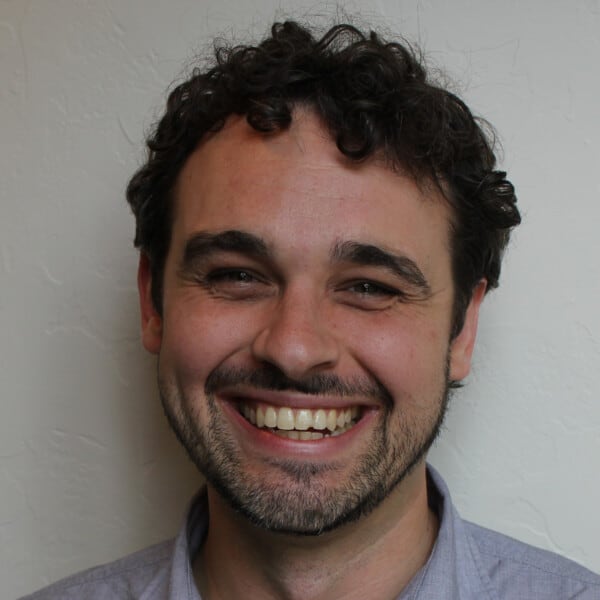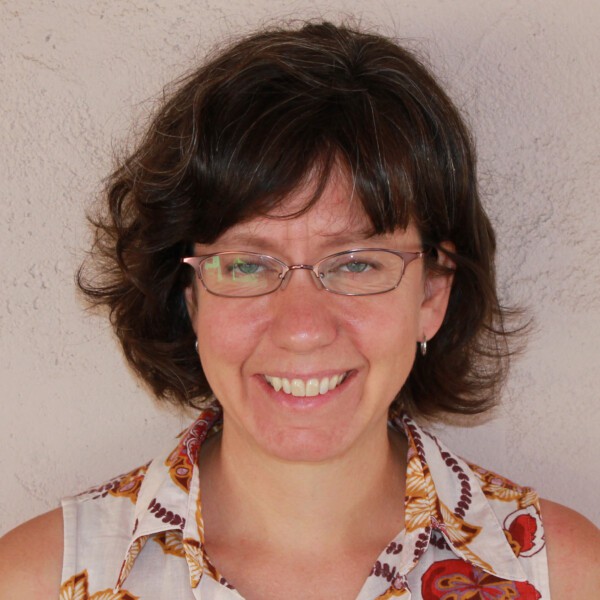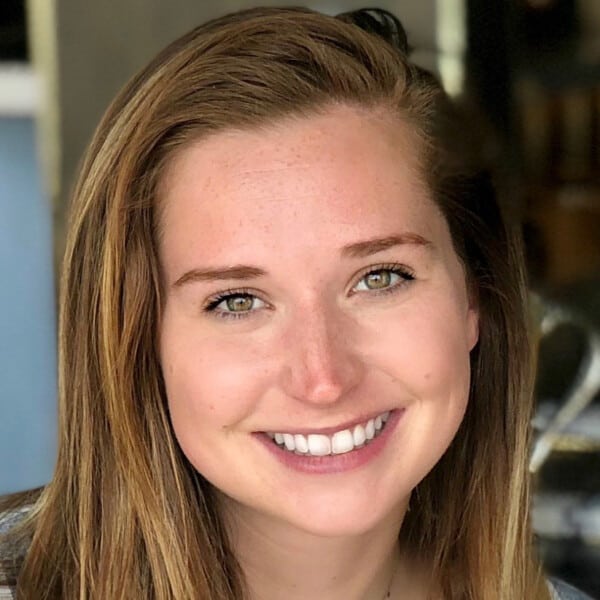PSI Personnel
Project Description
Dr. Siegler has worked extensively on the development and testing of Diviner’s lunar thermal model. He has focused on use of the model for subsurface temperatures, ice stability, and heat flux. As part of his Diviner ESM 4 work he will research:
1) Subsurface thermal modelling and constraining models of subsurface temperatures with Diviner, Apollo, and Chang’e 1 and 2 mission data. Much of our understanding of the temperature dependence of thermal properties comes from subsurface temperatures. Apollo and the Chang’E microwave instrument provide a check of models made to match Diviner surface temperatures. Much of this effort will be performed by Dr. Siegler’s Postdoc Jianqing Feng with some effort by Dr. Siegler (Siegler 0.05FTE, Feng 0.5 FTE)
2) Lateral heat flow- Heat flux models, especially near the pole, require accounting for lateral heat flux. Surface temperature differences will result in subsurface temperature differences that will communicate laterally over very long length scales (100’s of km). Small scale lateral heat flow may also affect ice stability. (0.1 FTE)
3) Temperature dependence at low temperatures and PSR thermal properties and density- The temperature dependent regolith properties (above ~250K) are a major advancement of the existing Diviner models over other planetary thermal model. Dr. Siegler would like to work on adding newly developed low temperature (<100K) temperature dependence to the model. This will also include synergy with SSW funded laboratory work at JPL and SMU with some efforts by Dr. Siegler’s graduate student, Angelica Martinez and Dr. Siegler ( Siegler 0.05 FTE , Graduate Student 0.5 FTE)
4) Heat flux modeling. The diviner thermal model uses a very simplified constant basal heat flux. Dr. Siegler would like to incorporate models of crustal heat production to create a model to more accurately predict subsurface temperatures and compare them with data from the Apollo, and Chang’e 1 and 2 missions. (Siegler 0.05, Graduate Student 0.25 FTE)
5) Advanced ice mobility, including gardening- Once a model of ice emplacement has been formed, its long term survival is dictated not only by thermal stability, but mixing of the lunar regolith due to small impacts. Dr. Siegler would like to add a gardening model/regolith overturn model to examine long term stability of ice. If ice warm, it will move through the regolith faster than it will be gardened, so this will need to be coupled with the mobility capability above. The work will be in part done by Graduate Student Jose Martinez-Camacho (Siegler 0.05 FTE, Graduate Student 0.25 FTE)
Ghent: Diviner ESM4 SOW
Dr. Ghent will be involved in the following primary research activities as part of LRO ESM 4.
1. Rock-free pyroclastic regions and radar-dark halos: analysis: 4 weeks total
Dr. Ghent will lead the effort to identify rock-free pyroclastic and radar-dark halo regions for analysis of thermophysical properties of such terrains. This is of interest as part of the question, how does regolith development in these regions differ from that of typical basalt terrains (ESM4 proposal sections 3.2.4 and 3.3.4)?
2. Melt analysis using twilight data: 4 weeks
Following on current work by Dr. Ghent’s former student C. Gallinger, Dr. Ghent will incorporate newly acquired twilight data into the analysis of the evolution of thermal properties of melt deposits associated with young craters to investigate how young crater-derived materials evolve with time (ESM4 sections 3.3.1 and 3.3.3).
3. Chronology: small craters and their implications: 10 weeks
Previously, Dr. Ghent and colleagues have documented evidence that the recent impactor flux has increased by a factor of 2-3 (Mazrouei et al., 2019), based on analysis of the rockiness of craters with diameter ≥ 10 km. Now, she is focusing on extending that record using craters smaller than 10 km, for which regolith thickness variations are a factor. This addresses questions in ESM4 proposal section 3.3.2 and 3.3.3.
4. Regolith overturn and development studies: 4 weeks
Together with E. Costello and P. G. Lucey, Dr. Ghent has been involved in studies of regolith overturn mechanics due to small bolide bombardment. This work will continue that effort; Dr. Ghent will specifically contribute observations of young craters and their products to constrain overturn models. This relates to ESM4 sections 3.1.2, 3.3.3, and 3.3.4.
5. Involvement in thermal model validation / H parameter revision: 6 wee
6. Relationship between thermophysical and photometric effects of grain size variations: 6 weeks
Previous Diviner thermal modeling and analysis have framed variations in thermophysical properties in terms of density variations, assuming a uniform grain size. This work will focus on investigating whether we can constrain variations in grain size from Diviner data, and whether we can make the current thermal models both more physically general (in the sense that we can vary parameters other than density) and more geographically specific (to tune model parameters to specific regions of interest). These efforts relate to ESM4 sections 3.3.3 and 3.3.4.



